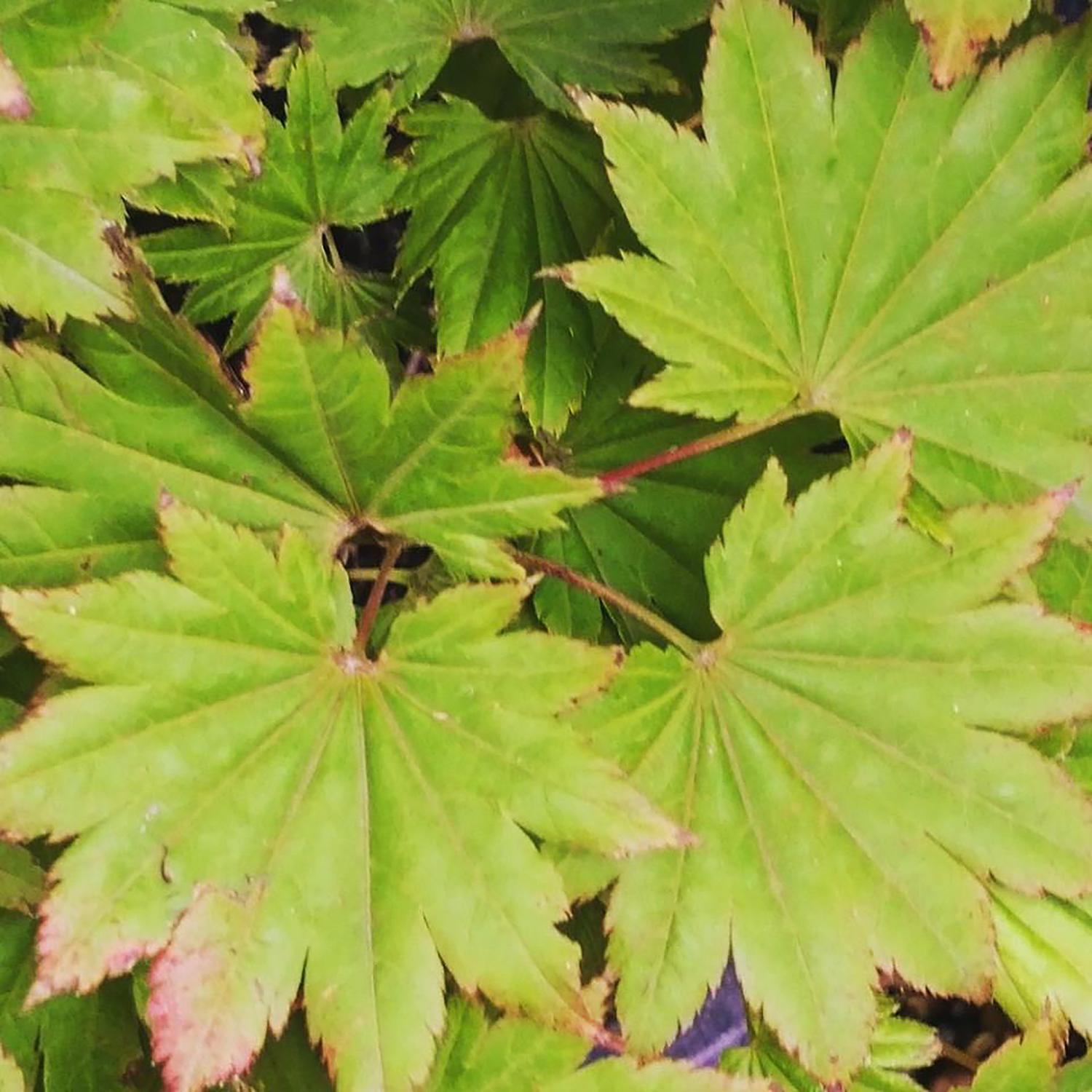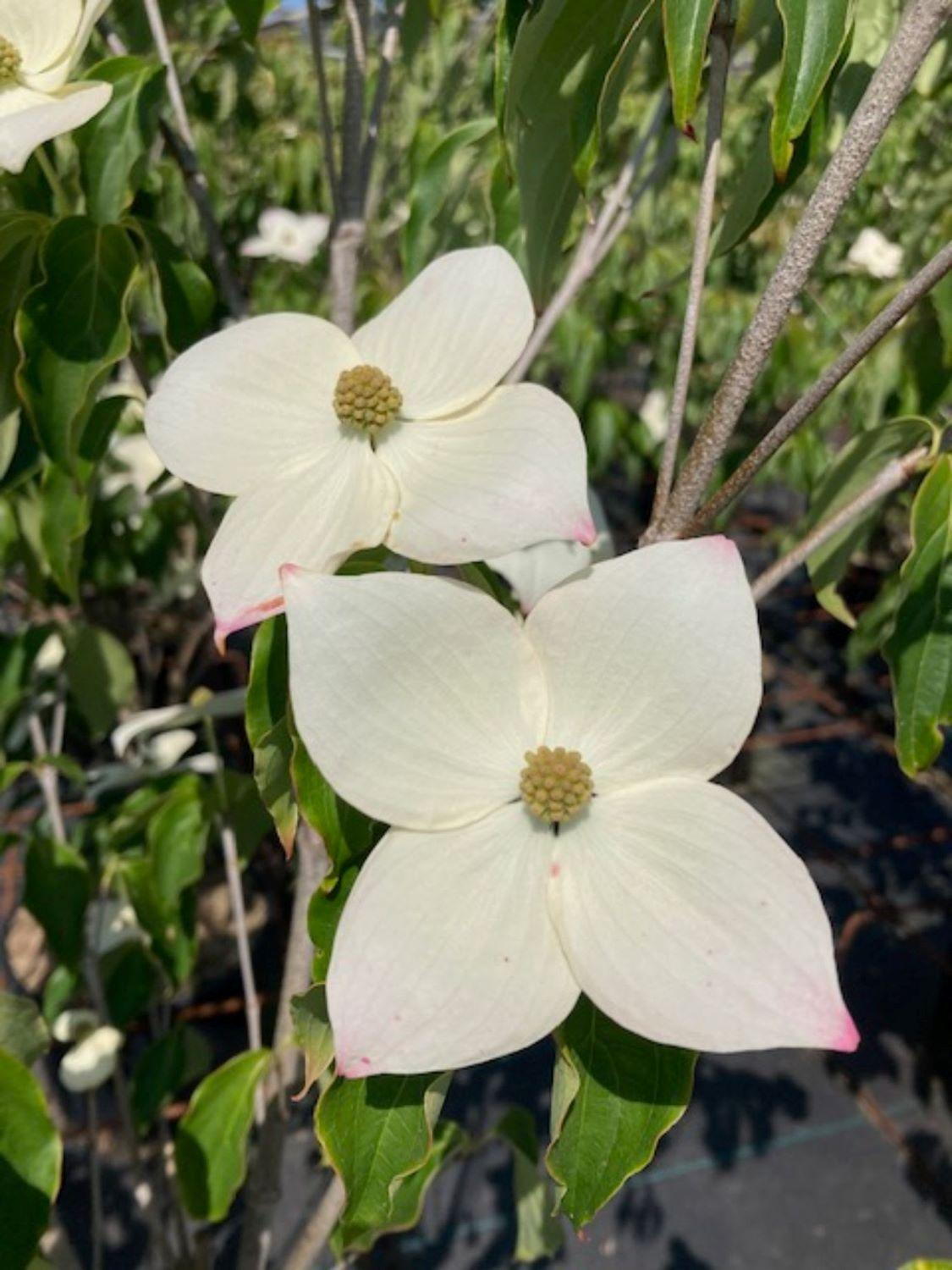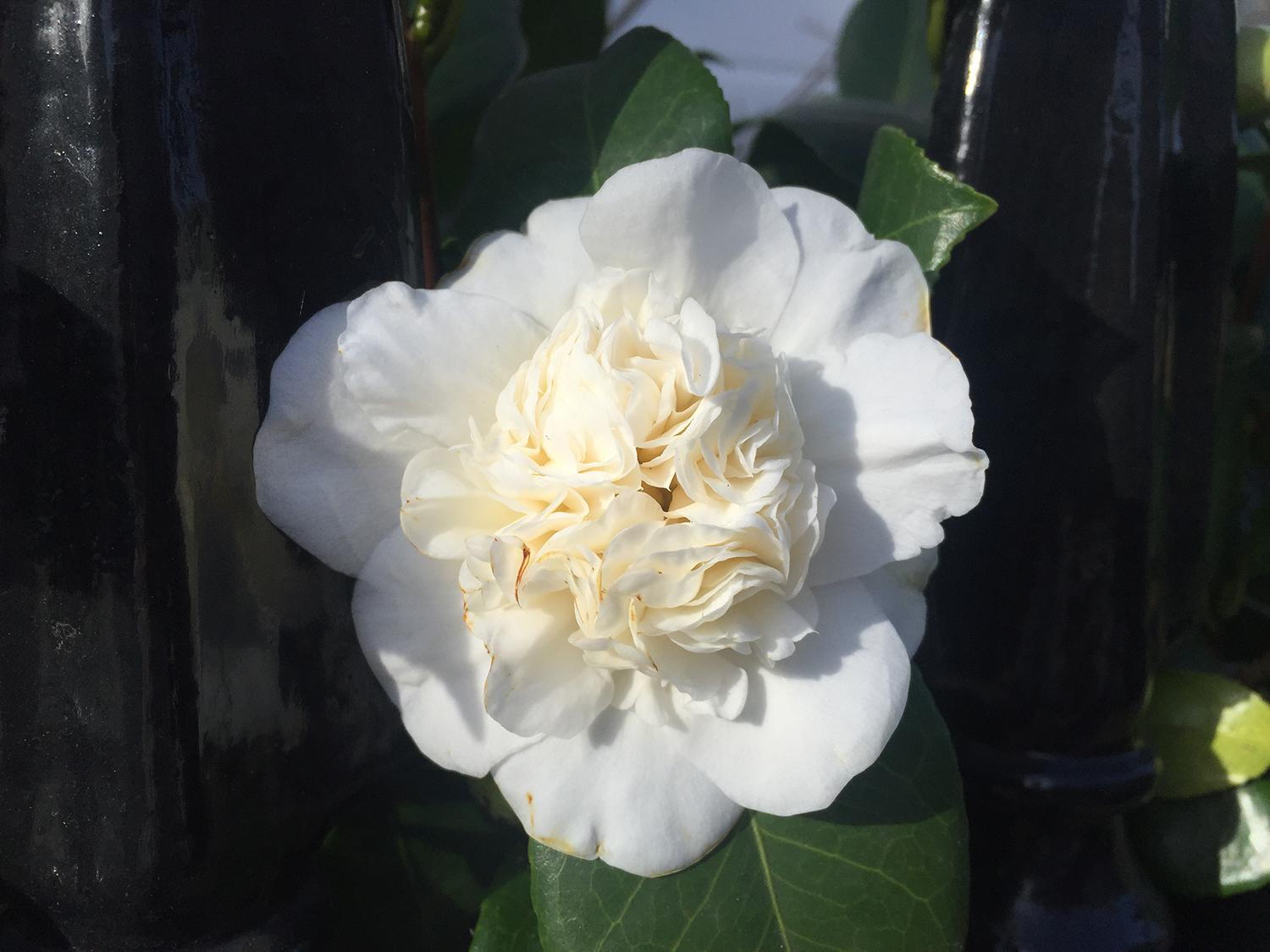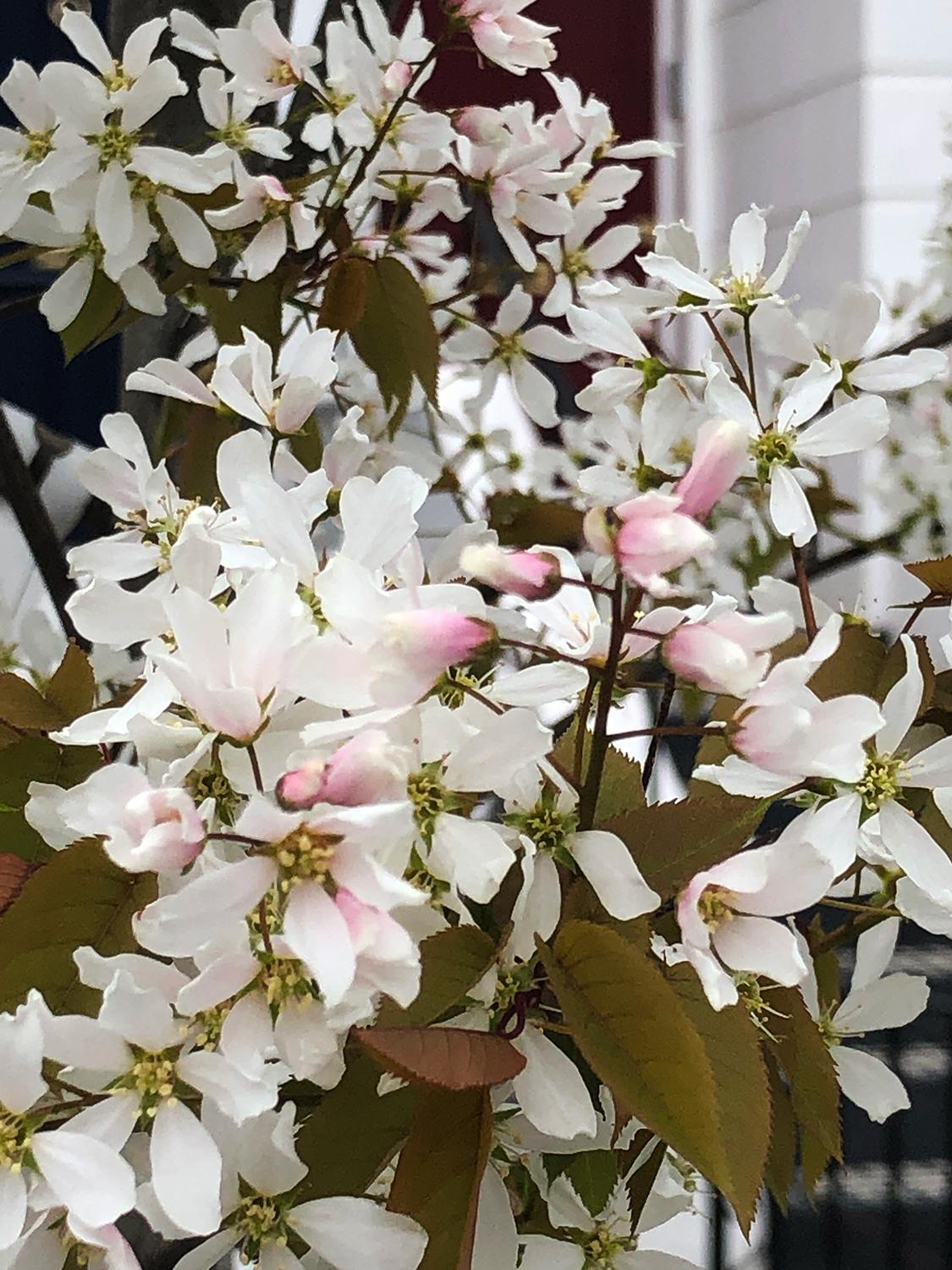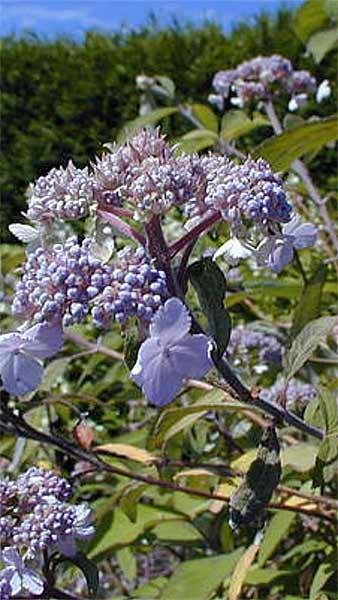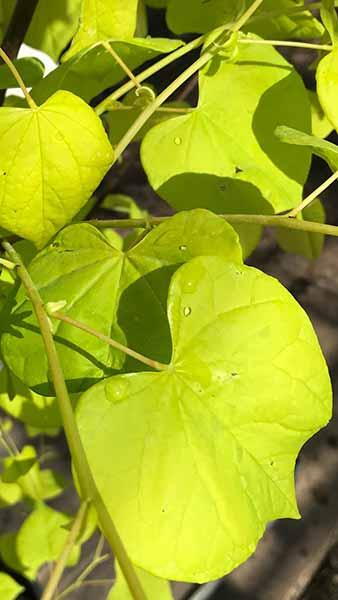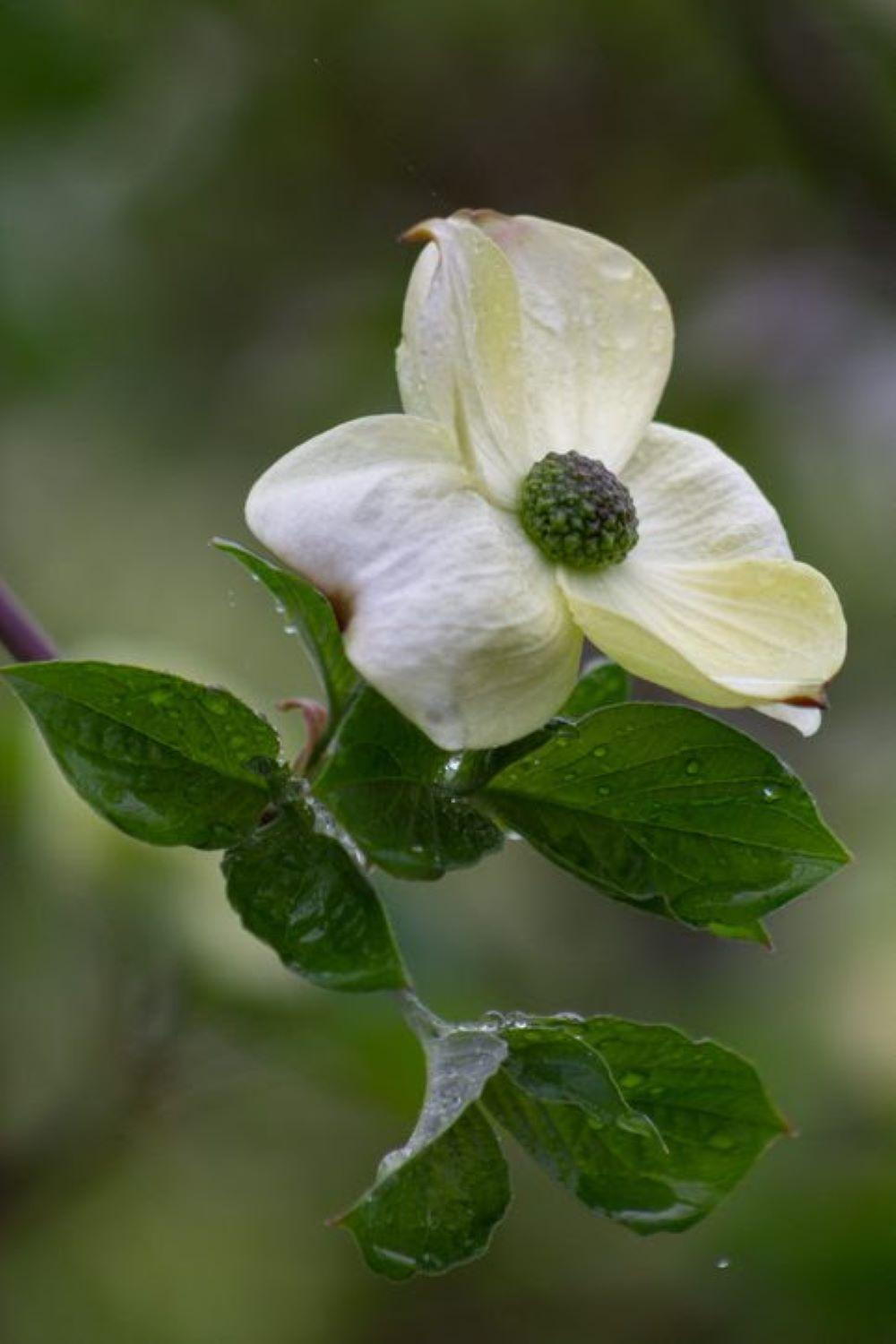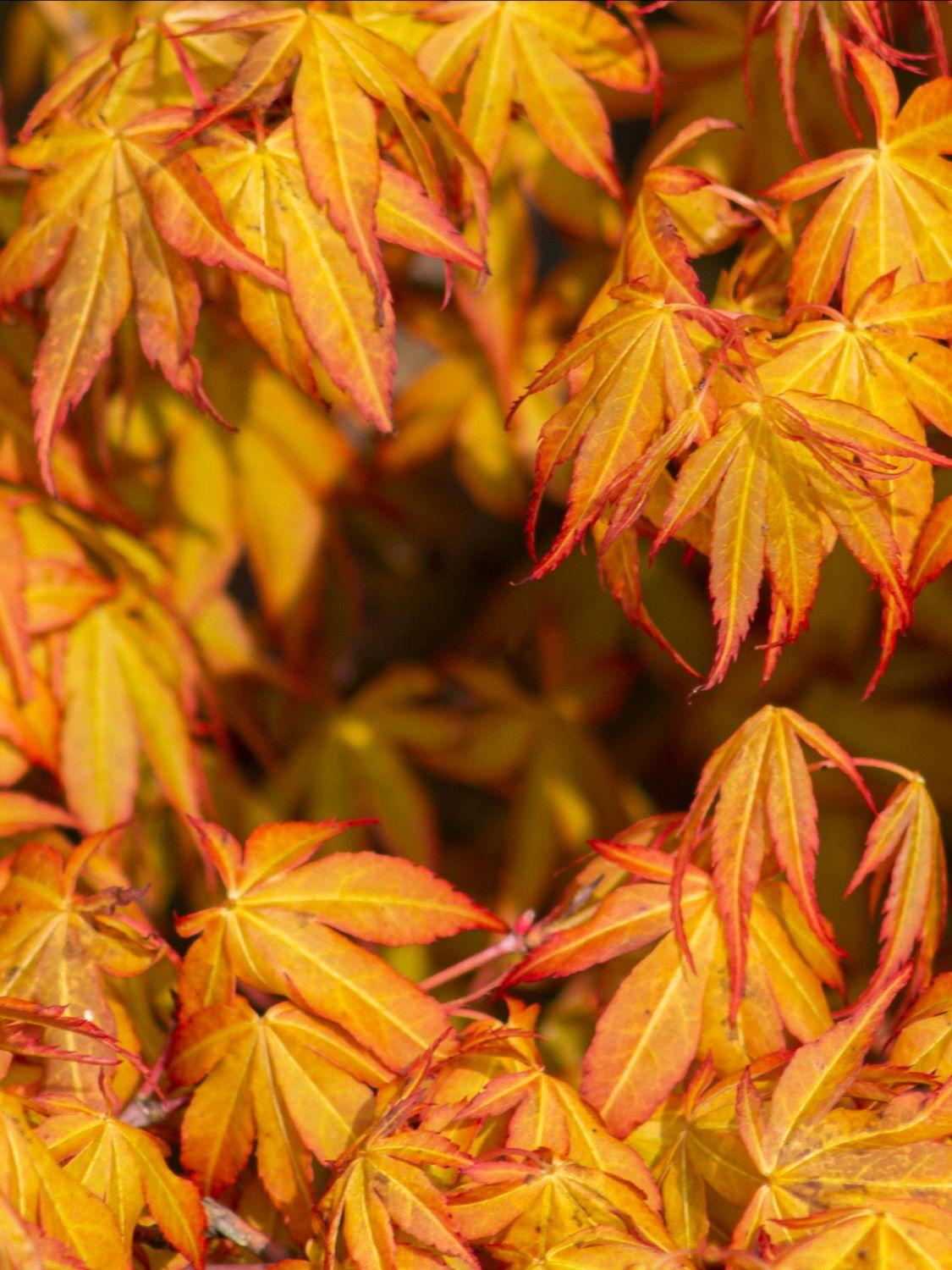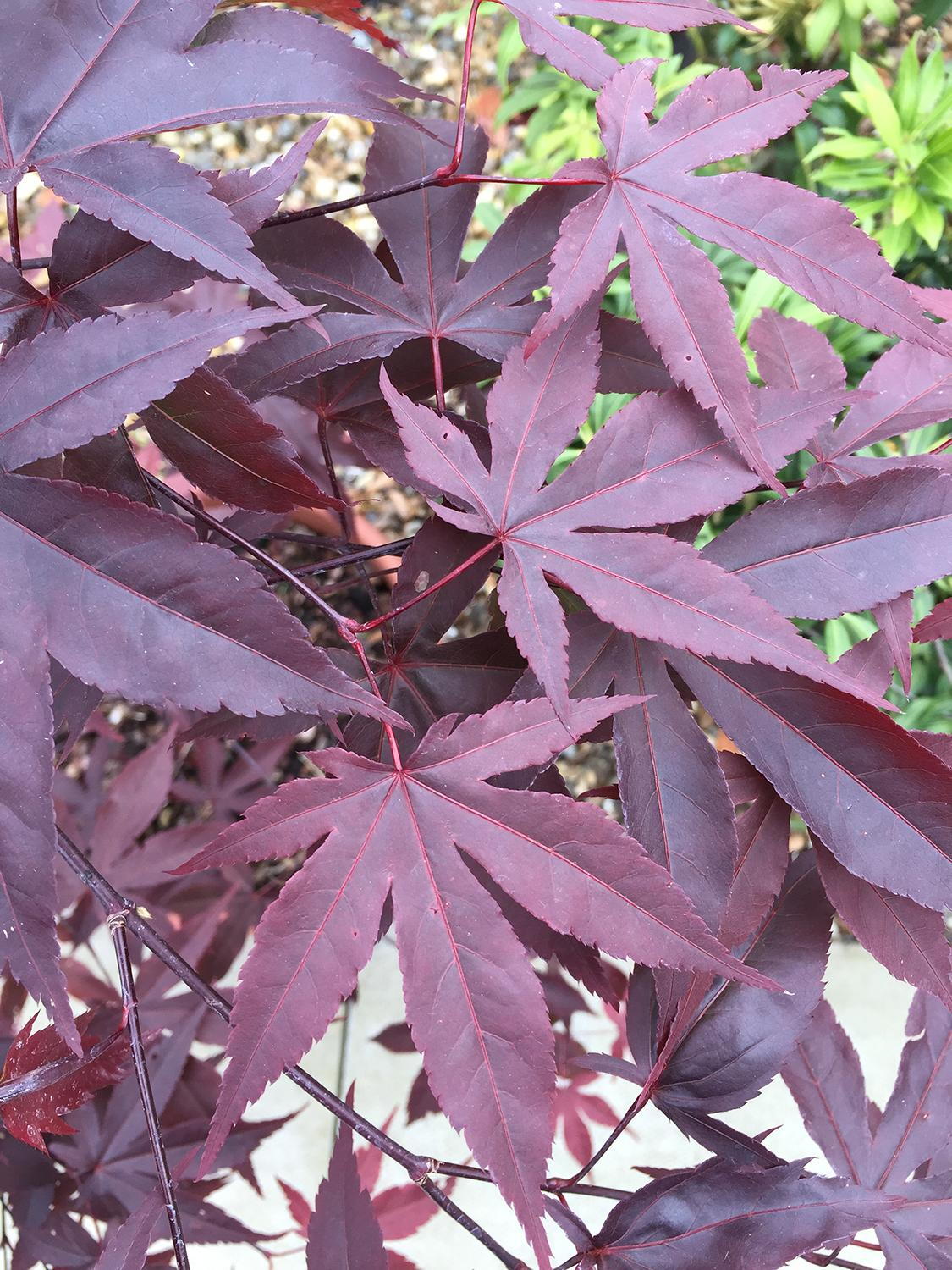Cornus Eddie
Cornus Eddie's White Wonder (or Dogwood Eddie's White Wonder) is a large, rounded deciduous flowering dogwood shrub. With striking white blossoms and excellent autumn colour, this attractive cultivar is an ideal candidate for mixed shrub borders. Shortlisted for the Chelsea Plant of the Centenary for the decade 1963-1972, a testament to its popularity.Late in the spring, this shrub produces masses of large flowers, usually with four broad, overlapping bracts which are very showy. The blossoms are pure white and can be up to 12 cm in width. While the profusion of white flowers is undoubtedly showy, spring is not the only season when Dogwood Eddie's White Wonder offers interest. The ovate, leathery leaves that start out green turn to shades of red, orange and purple in the autumn, creating a magnificent display of warm colours.Height and Spread of Cornus Eddie's White WonderWith a slow growth rate, Dogwood Eddie's White Wonder will achieve a maximum size of approximately 6 metres both in height and width.How Hardy Is Cornus Eddie's White WonderA variety of flowering dogwood initially selected in Vancouver, Canada, this deciduous shrub is hardy throughout the United Kingdom, even in severe winters. Its good track record in British gardens, as well as its many qualities, earned this cultivar the Award of Garden Merit by Royal Horticultural Society.How To Use Cornus Eddie's White WonderWith a narrow, tiered form that showcases its best qualities, Dogwood Eddie's White Wonder would be comfortable as a focus of interest in the garden. Its large spring blossom and vibrant autumn colours make it an ideal candidate both to be grown on its own or in mixed shrub borders.As it is relatively inconspicuous during summer, this flowering shrub pairs wonderfully with cultivars that bloom during that time. Complementing shrubs that could accompany Eddie's White Wonder include Escallonia Donard Seedling, Florentina Rose, or Hemerocallis Stella de Oro.How To Care For Cornus Eddie's White WonderEasy to grow and to care for, Dogwood Eddie's White Wonder prefers rich, fertile soils, but will thrive in most soils, as long as they are well drained. For best results, plant this shrub in full sun to partial shade. Routine pruning is not necessary, but removing any dead or damaged stems during the plant’s dormant season will keep it healthy and happy. Not only that this cultivar is considered pest and disease free, but it has also shown resistance to dogwood anthracnose, a common foliage disease that affects many in this family.Adaptable, robust, and showy, this lovely flowering shrub offers multiple seasons of interest and asks very little in return. A good candidate for small and large gardens alike, Eddie’s White Wonder is a reliable performer that will enhance any landscape.
